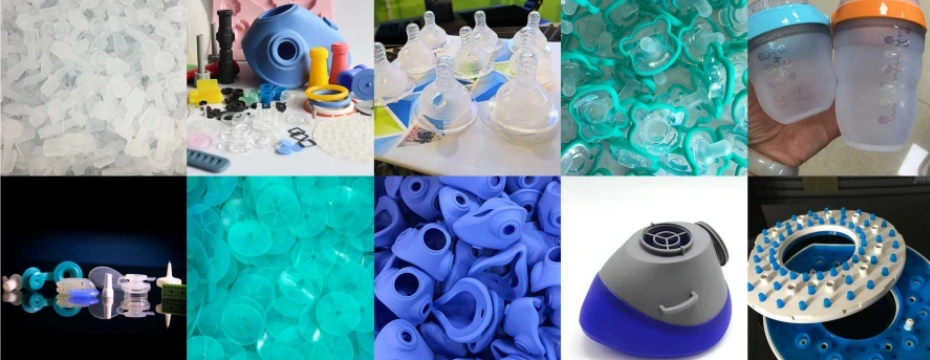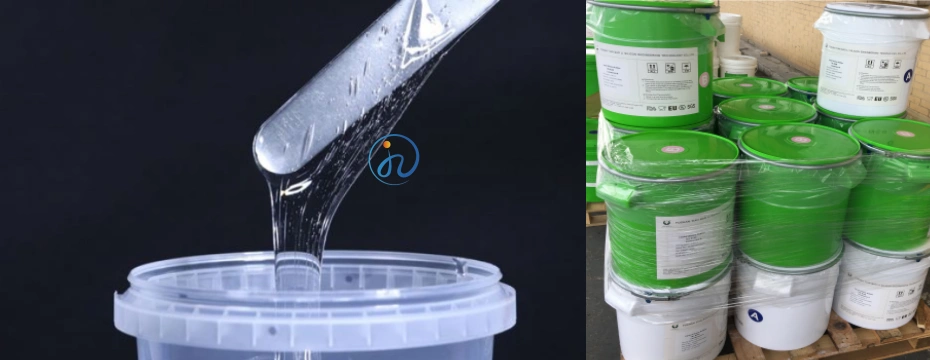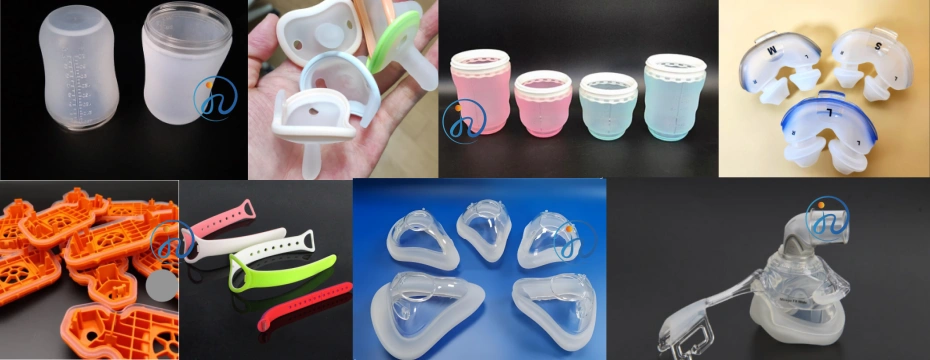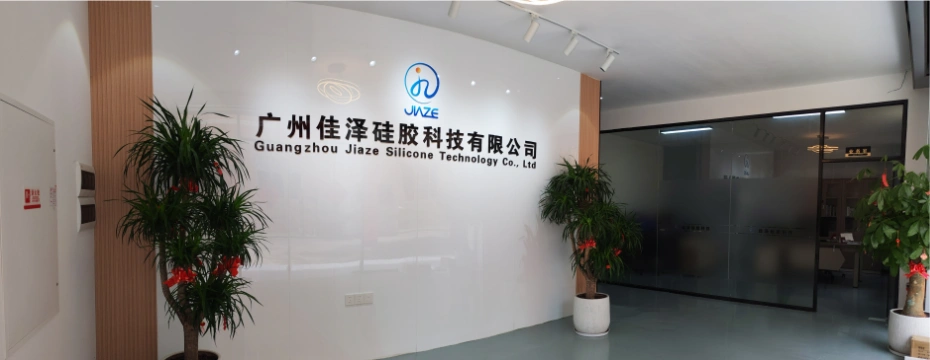Table of Contents
ToggleIn the world of product design and manufacturing, the selection of the right material is not just a step—it’s the foundation of functionality, safety, and user experience. Among the plethora of elastomers available, Liquid Silicone Rubber (LSR) has emerged as a premier choice for innovators across industries. But when exactly should you choose to develop liquid silicone rubber products?

This comprehensive guide delves deep into the unique properties, advantages, and applications of LSR, providing you with the expert knowledge needed to make an informed decision. Whether you’re designing a life-saving medical device or a durable kitchen utensil, understanding LSR is crucial for creating superior products.
Chapter 1: What is Liquid Silicone Rubber (LSR)?
Liquid Silicone Rubber is a high-purity, two-part platinum-cured elastomer. Unlike its solid silicone counterpart (High-Consistency Rubber, or HCR), which arrives as a solid and requires intensive milling and heat treatment, LSR is supplied as a viscous liquid in two parts (Part A and Part B). These components are fed via pumps into a mixing chamber and then injected into a heated mold, where they cure and form the final part.
This liquid-state processing is the key differentiator, enabling the creation of complex, precise, and high-performance liquid silicone rubber products that are difficult or impossible to achieve with other materials.

Chapter 2: Key Properties and Advantages of LSR for Product Development
Choosing LSR isn’t just about the manufacturing process; it’s about harnessing a set of exceptional material properties.
1. Exceptional Temperature Resistance
LSR can typically withstand temperatures from -40°C to over 200°C (-40°F to 392°F) continuously without degrading, melting, or becoming brittle. This makes liquid silicone rubber products ideal for:
- Automotive under-the-hood components (gaskets, seals).
- Kitchenware (baking mats, spatulas, lid seals).
- Electrical insulation in high-temperature environments.
2. Superior Biocompatibility and Safety
LSR is inherently inert, non-toxic, and hypoallergenic. When processed to medical-grade standards, it meets stringent ISO 10993 and USP Class VI requirements. This is why the majority of medical liquid silicone rubber products. Such as baby bottle nipples, respiratory masks, implantable devices, and surgical tools, are made from LSR.
3. Excellent Durability and Weatherability
LSR exhibits outstanding resistance to UV radiation, ozone, and weathering. This ensures that products used outdoors or exposed to the elements. Like seals for solar panels or outdoor lighting components, maintain their integrity and performance for years.
4. High Tear Strength and Flexibility
Modern LSR formulations offer impressive tear resistance, allowing for the design of thin-walled, durable parts. It that can withstand repeated stress and flexing without failing.
5. Optical Clarity and Color Stability
LSR can be produced with exceptional clarity, making it perfect for applications requiring visibility. Such as fluidic channels in diagnostic devices or transparent seals. The pigments used are also thermally stable, ensuring colors do not fade or migrate over time.
Chapter 3: The LSR Manufacturing Process: A Catalyst for Innovation
The liquid injection molding (LIM) process used for LSR is a key reason to choose it for high-volume production.
- High Efficiency and Automation: The LIM process is highly automated, leading to fast cycle times, reduced labor costs, and minimal material waste. This makes it economically viable for large production runs.
- Precision and Complexity: LIM allows for the production of parts with incredibly tight tolerances, complex geometries, and intricate features like micro-fluidic channels, living hinges, and undercuts that are challenging with other molding techniques.
- Part Consistency and Quality: Since the material is fed and mixed automatically, the resulting liquid silicone rubber products are remarkably consistent, with very low part-to-part variation and no risk of contamination from human handling.
Chapter 4: Key Industries and Applications for Liquid Silicone Rubber Products

The unique combination of properties makes LSR indispensable in several sectors.
- Medical & Healthcare: This is the fastest-growing segment. Applications include seals for syringe pistons, respiratory masks, catheter components, wearable drug delivery patches, and long-term implantable devices. The material’s sterilisability (via autoclave, gamma, or ETO) is a critical advantage.
- Automotive: From protective boots for spark plugs and airbag connectors to thermal management gaskets for electric vehicle batteries, LSR’s reliability under extreme conditions is vital.
- Consumer Electronics: Waterproof seals for smartwatches and smartphones, soft-touch keypads, and protective cases all benefit from LSR’s durability, sealability, and aesthetic qualities.
- Infant Care & Food Contact: The safety profile of LSR makes it the only choice for baby bottle nipples, pacifiers, baking utensils, and reusable food storage bags.
- Appliances: Seals and gaskets in dishwashers, coffee makers, and ovens rely on LSR’s heat resistance and sealing capabilities.
Chapter 5: When NOT to Choose LSR (The Limitations)
While powerful, LSR is not a universal solution. Avoid it when:
- Cost is the Primary Driver for Low Volumes: The high cost of LIM tooling is difficult to justify for small production runs.
- Extreme Abrasion Resistance is Needed: For applications like tires, other elastomers like polyurethane may be more suitable.
- You Need High Durometer (Hardness): LSR typically ranges from very soft (Shore A 10) to medium-firm (Shore A 80). For very rigid parts, consider plastics or other materials.
Conclusion: Is LSR the Right Choice for Your Product?
Deciding to develop liquid silicone rubber products is a strategic choice that hinges on your product’s performance requirements, regulatory landscape, and production scale. If your design demands unparalleled safety, exceptional temperature stability, high precision in complex geometries, and cost-effective mass production, then Liquid Silicone Rubber is not just an option—it is the optimal solution.

By leveraging its unique properties and the efficient LIM process, you can create innovative, reliable, and high-value products that stand out in the market. Before finalizing your design, consult with an experienced LSR molder who can provide insights into design for manufacturability (DFM) and help you fully realize the potential of this remarkable material.